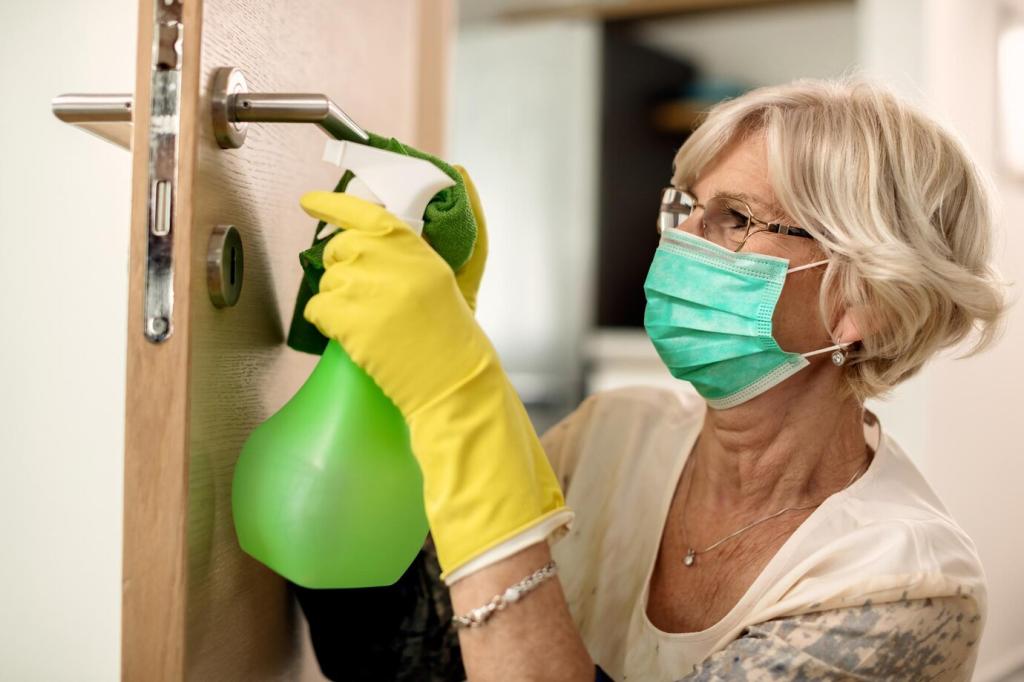From Field to Furniture: Responsible Sourcing
Quality beeswax starts with healthy hives. Seek brands partnering with beekeepers who avoid excessive chemical treatments and support diverse forage. You will feel the difference in scent and purity, and you will help sustain the quiet workforce behind countless harvests and the golden wax that brings furniture to life.
From Field to Furniture: Responsible Sourcing
Carnauba wax comes from Brazilian palm leaves. Look for suppliers documenting fair labor practices and gentle harvesting that allows palms to regenerate. Certifications and lot tracking are not marketing fluff; they signal respect for ecosystems and people—and they often correlate with consistent performance in your polish.










